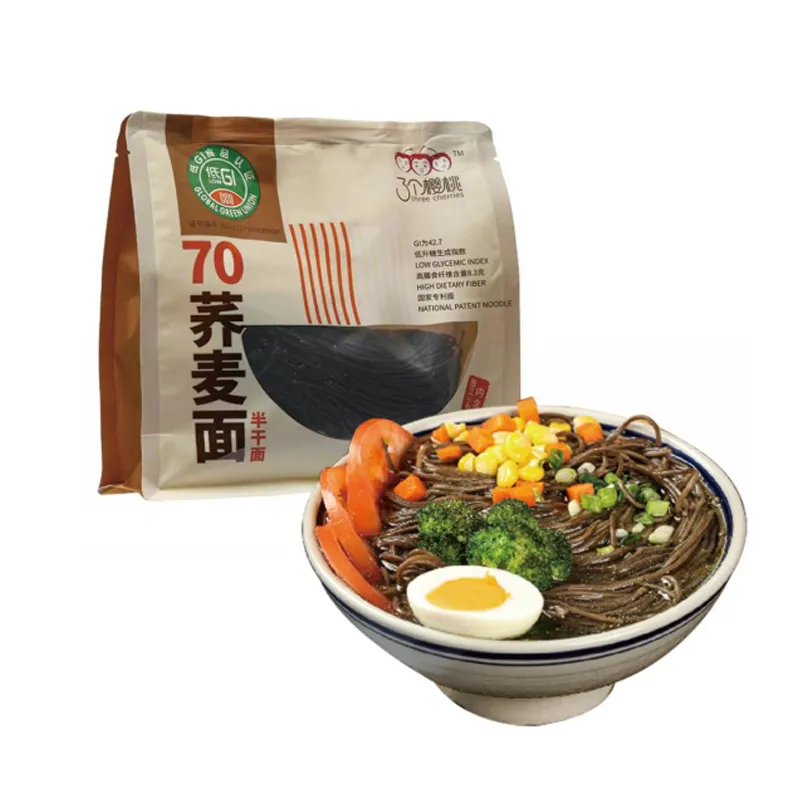Understanding the Key Differences Between Egg Noodles and Traditional Pasta Types
The Difference Between Egg Noodles and Pasta
When it comes to the diverse world of noodles and pastas, the distinction between egg noodles and traditional pasta often raises questions among culinary enthusiasts and home cooks alike. While both egg noodles and pasta serve as versatile staples in numerous cuisines, they possess distinct characteristics in terms of ingredients, texture, cooking methods, and cultural significance. This article aims to explore these differences, allowing readers to better understand and appreciate these two beloved food items.
Ingredients
The most significant difference between egg noodles and pasta lies in their ingredients. Egg noodles, as the name suggests, include eggs as a primary ingredient along with flour and water. The addition of eggs not only enhances the color of the noodles, giving them a rich yellow hue, but also contributes to a softer and more tender texture when cooked.
On the other hand, traditional pasta is typically made from durum wheat flour and water, though some variations may include eggs (e.g., fresh pasta). Durum wheat is a high-protein grain that provides pasta with its characteristic al dente bite. The absence of eggs in most dried pastas leads to a firmer texture, making them suitable for various cooking styles such as boiling, baking, or sautéing.
Texture and Flavor
The texture of egg noodles is notably softer and more pliable compared to traditional pasta. When cooked, egg noodles tend to have a delicate chew and a slightly sticky surface, which allows them to meld beautifully with rich sauces or soups. This makes them an excellent choice for dishes like stroganoff, chicken noodle soup, or any meal where a comforting, hearty noodle is desired.
Conversely, pasta provides a firmer bite, which is often referred to as al dente, meaning to the tooth in Italian. This texture is particularly favored in Italian cuisine, where pasta is often served with robust sauces that require a firm noodle to hold up against the richness of the dish. The flavor of egg noodles is generally milder, with a slight egg taste, while pasta typically has a more pronounced wheat flavor, providing a perfect backdrop for strong sauces and toppings.
Cooking Methods
what's the difference between egg noodles and pasta

Cooking methods for egg noodles and pasta can also differ. Egg noodles usually cook faster than traditional pasta—typically within 3 to 5 minutes—due to their higher moisture content. They should be closely monitored to avoid overcooking, as they can become mushy if left in boiling water for too long.
Traditional pasta requires a bit more time, depending on its thickness and shape. Dried pasta, for instance, usually takes 8 to 12 minutes to cook, while fresh pasta can cook in as little as 2 to 4 minutes. It is essential to salt the boiling water adequately when cooking pasta, as this enhances the overall flavor of the dish.
Cultural Significance
The origins of egg noodles can be traced back to various Asian cuisines, particularly in China, where they are often used in dishes such as chow mein or lo mein. In Eastern European countries, egg noodles are prevalent in recipes like homemade chicken soup or as a side dish to rich stews. They often carry a sense of comfort and nostalgia, tying them closely to family traditions and homemade meals.
On the other hand, pasta has deep roots in Italian culture and cuisine. Its history dates back centuries, with various regions of Italy boasting their own unique shapes, sizes, and preparation methods. Pasta plays an essential role in Italian celebrations, family gatherings, and everyday meals, symbolizing a communal bond over shared food experiences.
Conclusion
In summary, the differences between egg noodles and traditional pasta are rooted in their ingredients, texture, cooking methods, and cultural significance. Egg noodles, enriched with eggs, provide a soft, tender texture suitable for comforting dishes. In contrast, traditional pasta, primarily made from durum wheat, boasts a firmer bite and a broad array of shapes and styles, widely celebrated in Italian cuisine.
Understanding these differences not only enriches our cooking experiences but also deepens our appreciation for the diverse culinary traditions around the world. Whether you prefer the tender allure of egg noodles or the robust presence of pasta, both add their own unique flair to dishes from various cultures, making each meal a delightful journey through taste and tradition.
-
Unleash Your Inner Chef with Delectable Italian Pasta CreationsNewsAug.01,2025
-
Savor Health and Flavor: Irresistible Soba Noodles for Sale Await!NewsAug.01,2025
-
Nourish Your Body with Premium Organic Ramen - A Culinary Delight AwaitsNewsAug.01,2025
-
Elevate Your Dishes with Our Exquisite Kinds of Egg NoodlesNewsAug.01,2025
-
Dive into Flavorful Convenience with Our Ramen OfferingsNewsAug.01,2025
-
Discover Exquisite Types of Naengmyeon and Chilled Soba NoodlesNewsAug.01,2025
-
Is Whole Wheat Pasta Healthy?NewsMay.30,2025
Browse qua the following product new the we

















































































































